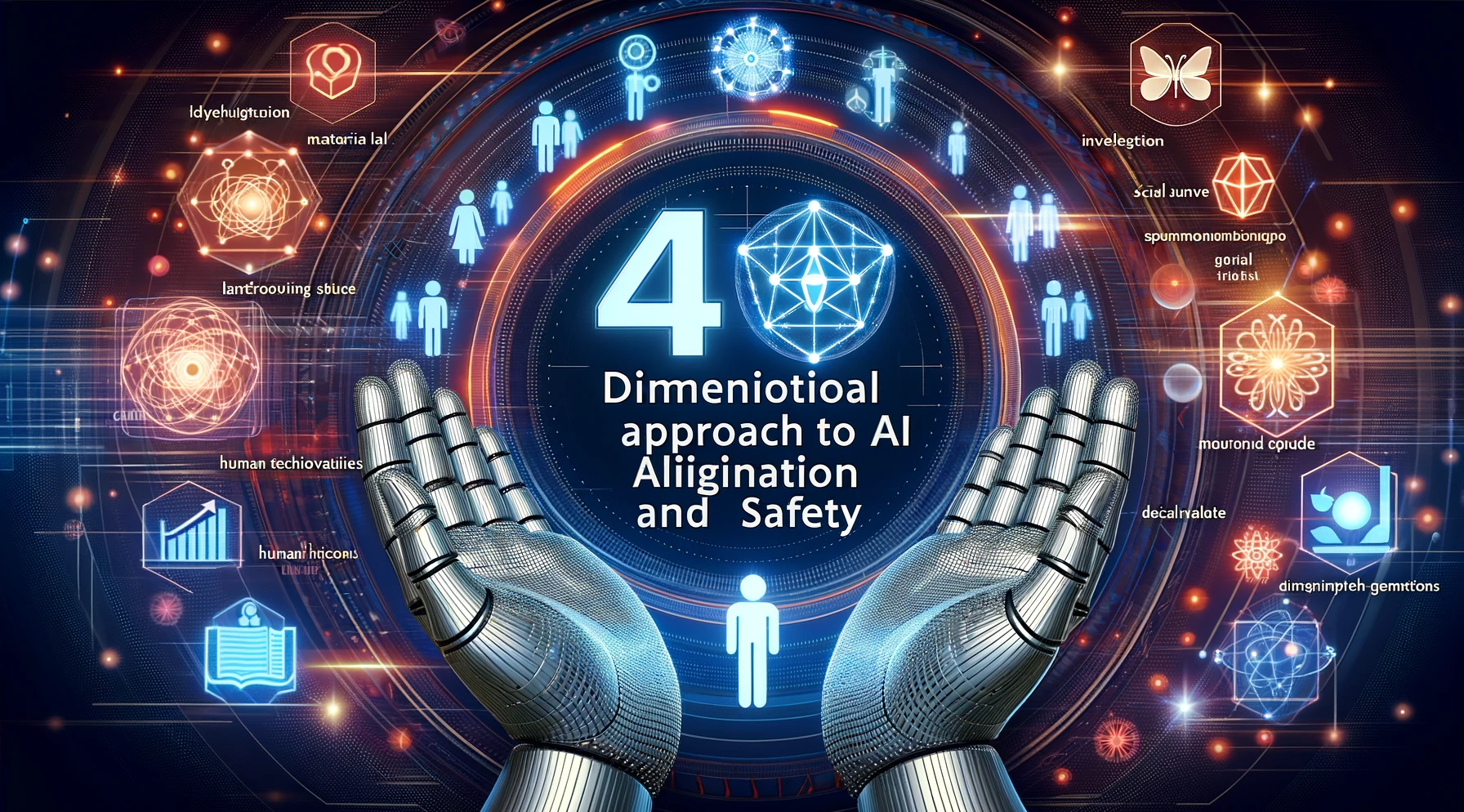|
A
Four-Dimensional Framework for Understanding
AI Systems
Dr. Alex Liu
December 2023
Introduction
In the rapidly evolving
field of artificial intelligence (AI),
understanding the multifaceted nature of AI
systems is crucial. These systems are not
just technological constructs; they are
complex amalgamations of various elements
that contribute to their capabilities and
impacts. This essay explores a
four-dimensional framework for understanding
AI systems, encompassing Material
Foundation, Intellectual Perspective,
Connectivity, and Spiritual Perspective.
1. Material
Foundation: The Bedrock of AI
The material foundation
of AI is a critical dimension, encompassing
computing power, data storage, and,
importantly, data itself. The advent of big
data and high-speed computing has been a
driving force behind the current AI
breakthroughs. Large datasets provide the
raw material for AI to learn and adapt,
while advanced computing power, through
high-speed processors and GPUs, allows for
the processing of this data at unprecedented
speeds and scales. This infrastructure is
the bedrock upon which AI systems are built,
determining their potential and limitations.
2. Intellectual
Perspective: The Brain of AI
At the core of AI
systems lies their intellectual perspective,
which includes the algorithms, models, and
workflows that guide their decision-making.
Neural network models, drawing inspiration
from the human brain, play a pivotal role in
this dimension. These networks, capable of
learning and adapting through exposure to
data, have revolutionized AI's ability to
perform complex tasks, from image
recognition to natural language processing.
The development and refinement of these
models are central to enhancing AI's
intellectual capabilities and achieving more
sophisticated and nuanced outcomes.
3.
Connectivity: AI in a Social Context
The connectivity of AI
systems refers to their ability to interact
with and relate to external environments,
including their integration with other
systems and interaction with users. This
dimension is not just about technical
interoperability but also about creating
positive and effective human-AI
interactions. It encompasses the design of
user interfaces, the AI's communication
capabilities, and its adaptability to
different user needs and social contexts.
The goal here is to ensure that AI systems
are not only functional but also
user-friendly, socially aware, and ethically
aligned.
4. Spiritual
Perspective: Aligning AI with Ethical and
Humanistic Values
Adding a spiritual
perspective to the AI framework involves
considering the ethical, moral, and
humanistic implications of AI. This
dimension emphasizes aligning AI development
with values that transcend mere utility,
such as compassion, empathy, and respect for
all life. It involves integrating spiritual
values into AI's design and operation,
ensuring that these systems contribute
positively to human well-being and societal
harmony. This perspective challenges us to
think about AI not just as a tool but as a
part of the broader tapestry of human
experience.
Conclusion
Understanding AI
systems through this four-dimensional
framework provides a holistic view,
essential for developing AI that is not only
technically advanced but also socially
responsible and ethically sound. By
considering the material foundation,
intellectual perspective, connectivity, and
spiritual dimensions, we can create AI
systems that are attuned to the full
spectrum of human needs and values. As AI
continues to evolve, this multifaceted
approach will be crucial in guiding its
development towards positive and meaningful
outcomes.
References
1) Consciousness in Artificial Intelligence:
Insights from the Science of Consciousness
Patrick Butlin, Robert
Long, Eric
Elmoznino, Yoshua
Bengio, Jonathan
Birch, Axel
Constant, George
Deane, Stephen
M. Fleming, Chris
Frith, Xu
Ji, Ryota
Kanai, Colin
Klein, Grace
Lindsay, Matthias
Michel, Liad
Mudrik, Megan
A. K. Peters, Eric
Schwitzgebel, Jonathan
Simon, Rufin
VanRullen @
[2308.08708] Consciousness in Artificial
Intelligence: Insights from the Science
of Consciousness (arxiv.org)
2) 4Capital Theory by Dr. Alex Liu
@
4Capital Theory -
Dr. Alex Liu (researchmethods.org)
3) GPT Chat about AI Alignment
@
ChatGPT - AI
Alignment Advisor (openai.com)
4)
Now we
know what OpenAI’s superalignment team has
been up to | MIT Technology Review
5)
The 4-Dimensional
Approach for Humans to Manage Highly
Intelligent AI Assistants
|
|
